 Theoretical physics is full of weird and wonderful concepts: wormholes, quantum foam and multiverses, just to name a few. The problem is that while such things easily emerge from theorists’ equations, they are practically impossible to create and test in a laboratory setting. But for one such “untestable” theory, an experimental setup might be just on the horizon.
Theoretical physics is full of weird and wonderful concepts: wormholes, quantum foam and multiverses, just to name a few. The problem is that while such things easily emerge from theorists’ equations, they are practically impossible to create and test in a laboratory setting. But for one such “untestable” theory, an experimental setup might be just on the horizon.
 NASA’s James Webb Space Telescope has delivered the deepest and sharpest infrared image of the distant universe so far. Webb’s First Deep Field is galaxy cluster SMACS 0723, and it is teeming with thousands of galaxies – including the faintest objects ever observed in the infrared.
NASA’s James Webb Space Telescope has delivered the deepest and sharpest infrared image of the distant universe so far. Webb’s First Deep Field is galaxy cluster SMACS 0723, and it is teeming with thousands of galaxies – including the faintest objects ever observed in the infrared.
Read More
Using Laser Technology to Measure the Rotational Cooling of Molecular Ions Colliding with Electrons
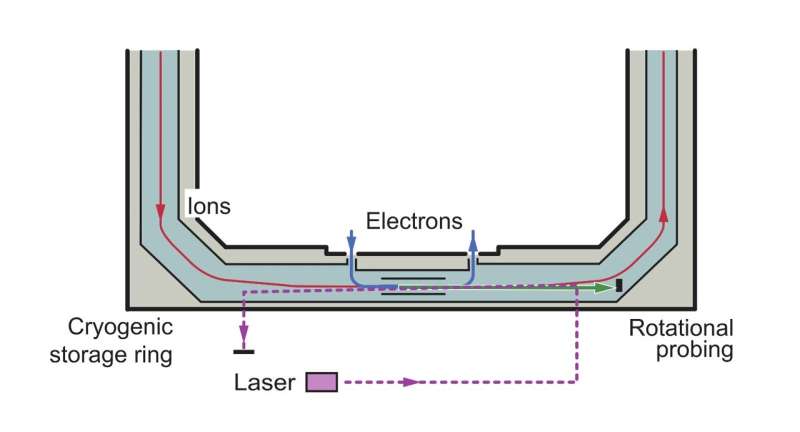 Researchers at the Max-Planck Institute for Nuclear Physics in Germany and the Columbia Astrophysics Laboratory have recently carried out an experiment aimed at measuring the rate of quantum transitions caused by collisions between molecules and electrons. Their findings, published in Physical Review Letters, offer the first experimental evidence of this rate, which had previously only been theoretically estimated.
Researchers at the Max-Planck Institute for Nuclear Physics in Germany and the Columbia Astrophysics Laboratory have recently carried out an experiment aimed at measuring the rate of quantum transitions caused by collisions between molecules and electrons. Their findings, published in Physical Review Letters, offer the first experimental evidence of this rate, which had previously only been theoretically estimated.
Read More
Researchers Investigate Intricacies in Superconductors with Hopes to Support Quantum Computer Development
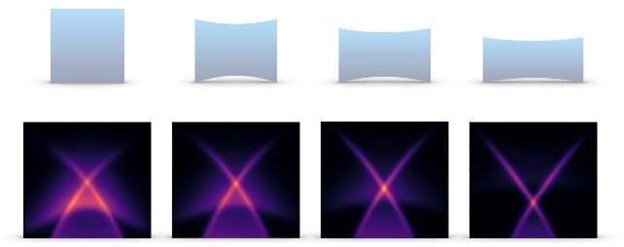 Ryan Day studies superconductors. Materials that conduct electricity perfectly, losing no energy to heat and resistance. Specifically, the University of California, Berkeley scientist studies how superconductors can coexist with their opposites; insulating materials that stop the flow of electrons. The materials that combine these two opposed states, called topological superconductors, are understandably weird, hard to characterize and engineer, but if one could design them properly, they could play an important role in quantum computing.
Ryan Day studies superconductors. Materials that conduct electricity perfectly, losing no energy to heat and resistance. Specifically, the University of California, Berkeley scientist studies how superconductors can coexist with their opposites; insulating materials that stop the flow of electrons. The materials that combine these two opposed states, called topological superconductors, are understandably weird, hard to characterize and engineer, but if one could design them properly, they could play an important role in quantum computing.
Read More
With Cryo-EM, SKI Scientists Determine Structure of Key Factor in RNA Quality Control
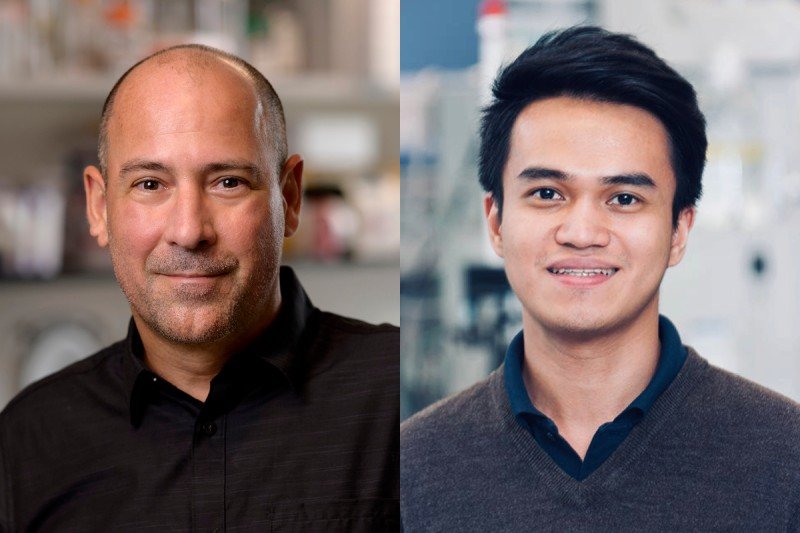 In biology, getting rid of stuff can be just as important as making it. A buildup of cells, proteins, or other molecules that are no longer needed can cause problems, so living things have evolved several ways to clean house. A prime example is the RNA exosome. RNA molecules perform many roles in cells. Some of them are translated into proteins; others form a cell’s protein-building machinery. The RNA exosome is a cellular machine that degrades RNA molecules that are faulty, harmful, or no longer needed. Without this microscopic Marie Kondo to prune what doesn’t spark joy, our cells would become dysfunctional hoarders, unable to function.
In biology, getting rid of stuff can be just as important as making it. A buildup of cells, proteins, or other molecules that are no longer needed can cause problems, so living things have evolved several ways to clean house. A prime example is the RNA exosome. RNA molecules perform many roles in cells. Some of them are translated into proteins; others form a cell’s protein-building machinery. The RNA exosome is a cellular machine that degrades RNA molecules that are faulty, harmful, or no longer needed. Without this microscopic Marie Kondo to prune what doesn’t spark joy, our cells would become dysfunctional hoarders, unable to function.
Read More
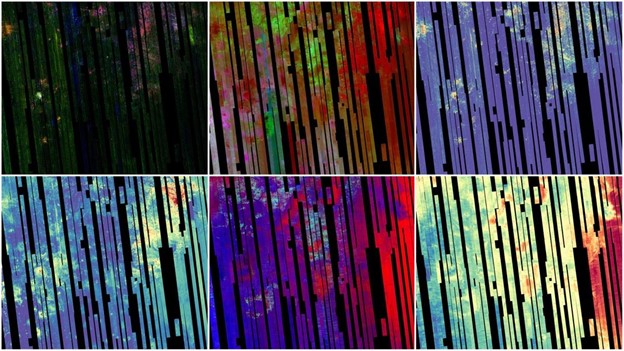 Scientists are about to get a new look at Mars, thanks to a multicolored 5.6-gigapixel map. Covering 86% of the Red Planet’s surface, the map reveals the distribution of dozens of key minerals. By looking at mineral distribution, scientists can better understand Mars’ watery past and can prioritize which regions need to be studied in more depth.
Scientists are about to get a new look at Mars, thanks to a multicolored 5.6-gigapixel map. Covering 86% of the Red Planet’s surface, the map reveals the distribution of dozens of key minerals. By looking at mineral distribution, scientists can better understand Mars’ watery past and can prioritize which regions need to be studied in more depth.
Read More
 Since last year, a Mercedes-Benz GenH2 Truck fuel-cell prototype has been undergoing intensive testing both on the in-house test track and on public roads. Daimler Truck is now putting another prototype into operation to test the use of liquid hydrogen. Political support for the development program comes from Daniela Schmitt, Minister of Economic Affairs of Rhineland-Palatinate, who opened the regional hydrogen week “Woche des Wasserstoffs SÜD” with a test drive in Wörth am Rhein, Germany.
Since last year, a Mercedes-Benz GenH2 Truck fuel-cell prototype has been undergoing intensive testing both on the in-house test track and on public roads. Daimler Truck is now putting another prototype into operation to test the use of liquid hydrogen. Political support for the development program comes from Daniela Schmitt, Minister of Economic Affairs of Rhineland-Palatinate, who opened the regional hydrogen week “Woche des Wasserstoffs SÜD” with a test drive in Wörth am Rhein, Germany.
Read More
FormFactor Launches Cryogenic Test Service to Dramatically Reduce the Time and Cost for Superconducting Qubit Characterization
 FormFactor, Inc., a leading semiconductor test and measurement supplier, today announced an innovative and new cryogenic test service business model designed to accelerate quantum computing IC development and characterization. Quantum developers can now leverage FormFactor’s state-of-the-art Advanced Cryogenic Lab located at Boulder, Colorado, to characterize qubits and resonators using cryostats with groundbreaking probe sockets to accelerate development cycles by more than 2X, with no up-front capital investment.
FormFactor, Inc., a leading semiconductor test and measurement supplier, today announced an innovative and new cryogenic test service business model designed to accelerate quantum computing IC development and characterization. Quantum developers can now leverage FormFactor’s state-of-the-art Advanced Cryogenic Lab located at Boulder, Colorado, to characterize qubits and resonators using cryostats with groundbreaking probe sockets to accelerate development cycles by more than 2X, with no up-front capital investment.
Read More
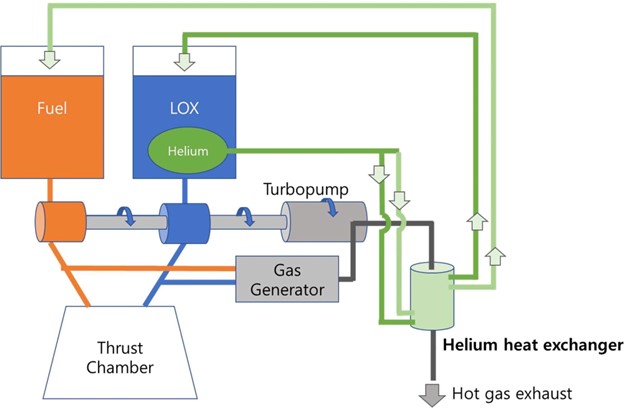 Writing in the journal Cryogenics, a team of scientists from the Korea Aerospace Research Institute has evaluated the performance of a helium heat exchanger for launch vehicles. Performance was evaluated under real engine operating conditions.
Writing in the journal Cryogenics, a team of scientists from the Korea Aerospace Research Institute has evaluated the performance of a helium heat exchanger for launch vehicles. Performance was evaluated under real engine operating conditions.
Read More
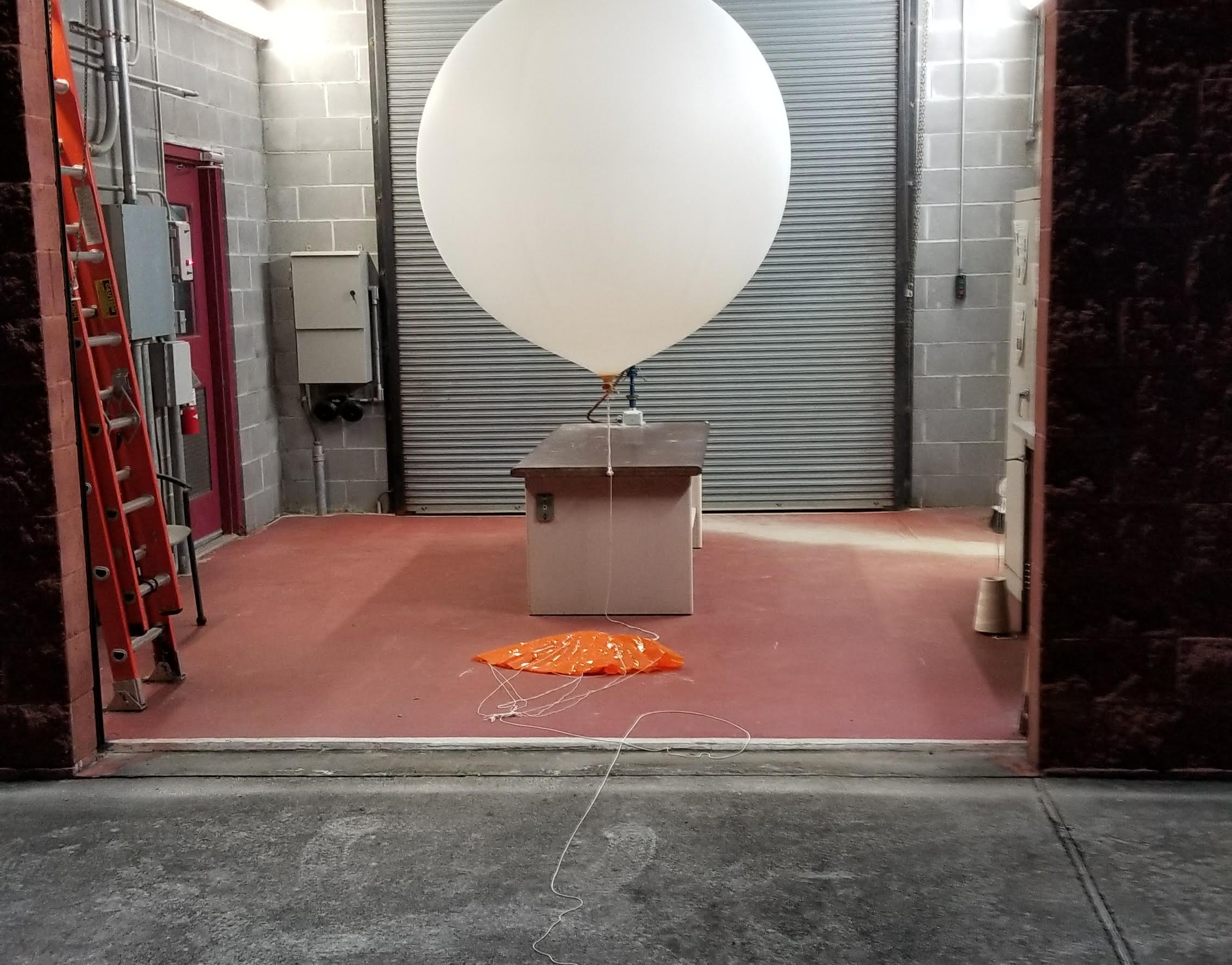 In the basement of the University of New Mexico’s chemistry building, Karen Smith punched in the code to get into the lab she manages. Inside, three white cylinders on blue legs that looked sort of like nine-foot-tall cousins of R2-D2 were humming away. “You’re going to want to stay fairly close to the door,” Smith said. “In case the powerful magnets inside those instruments could mess with my recording equipment. These magnets are donuts of wire, and because they’re sitting in liquid helium, they’ve got a lot of electricity running through them, which means they can generate very strong magnetic fields.”
In the basement of the University of New Mexico’s chemistry building, Karen Smith punched in the code to get into the lab she manages. Inside, three white cylinders on blue legs that looked sort of like nine-foot-tall cousins of R2-D2 were humming away. “You’re going to want to stay fairly close to the door,” Smith said. “In case the powerful magnets inside those instruments could mess with my recording equipment. These magnets are donuts of wire, and because they’re sitting in liquid helium, they’ve got a lot of electricity running through them, which means they can generate very strong magnetic fields.”
Read More
Cryogenic Pumps for Research
 Vanzetti Engineering’s cryogenic pumps have been chosen for the Aria Project of the National Institute of Nuclear Physics (INFN) in partnership with Carbosulcis S.p.A., a company owned by the Sardinia Region. The Aria Project involves the construction of a cryogenic distillation tower in Sardinia, Italy, for the production of high purity enriched stable isotopes. The project is an integral part of the DarkSide-20k experiment that will be carried out at the Gran Sasso National Laboratories (LNGS) of the National Institute for Nuclear Physics (INFN), the objective of which is to detect dark matter directly. Dark matter, the nature of which is still unknown, represents most of the matter that makes up our universe, where it is five times more abundant than ordinary matter that makes up everything we can see today. Understanding its nature is therefore one of the main areas of research in the field of fundamental physics, as it would make a significant contribution to the understanding of cosmology, physics and astrophysics.
Vanzetti Engineering’s cryogenic pumps have been chosen for the Aria Project of the National Institute of Nuclear Physics (INFN) in partnership with Carbosulcis S.p.A., a company owned by the Sardinia Region. The Aria Project involves the construction of a cryogenic distillation tower in Sardinia, Italy, for the production of high purity enriched stable isotopes. The project is an integral part of the DarkSide-20k experiment that will be carried out at the Gran Sasso National Laboratories (LNGS) of the National Institute for Nuclear Physics (INFN), the objective of which is to detect dark matter directly. Dark matter, the nature of which is still unknown, represents most of the matter that makes up our universe, where it is five times more abundant than ordinary matter that makes up everything we can see today. Understanding its nature is therefore one of the main areas of research in the field of fundamental physics, as it would make a significant contribution to the understanding of cosmology, physics and astrophysics.
Read More
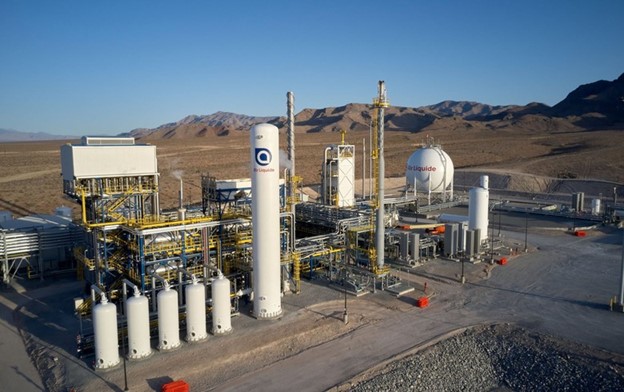 Oxygen, nitrogen and hydrogen are essential small molecules for life, matter and energy. They embody Air Liquide’s scientific territory and have been at the core of the company’s activities since its creation in 1902. A world leader in gases, technologies and services for industry and health, Air Liquide’s ambition is to deliver long-term performance and contributions to sustainability, with a strong commitment to climate change and energy transition at the heart of its strategy.
Oxygen, nitrogen and hydrogen are essential small molecules for life, matter and energy. They embody Air Liquide’s scientific territory and have been at the core of the company’s activities since its creation in 1902. A world leader in gases, technologies and services for industry and health, Air Liquide’s ambition is to deliver long-term performance and contributions to sustainability, with a strong commitment to climate change and energy transition at the heart of its strategy.
Read More
Artemis I Mission Availability
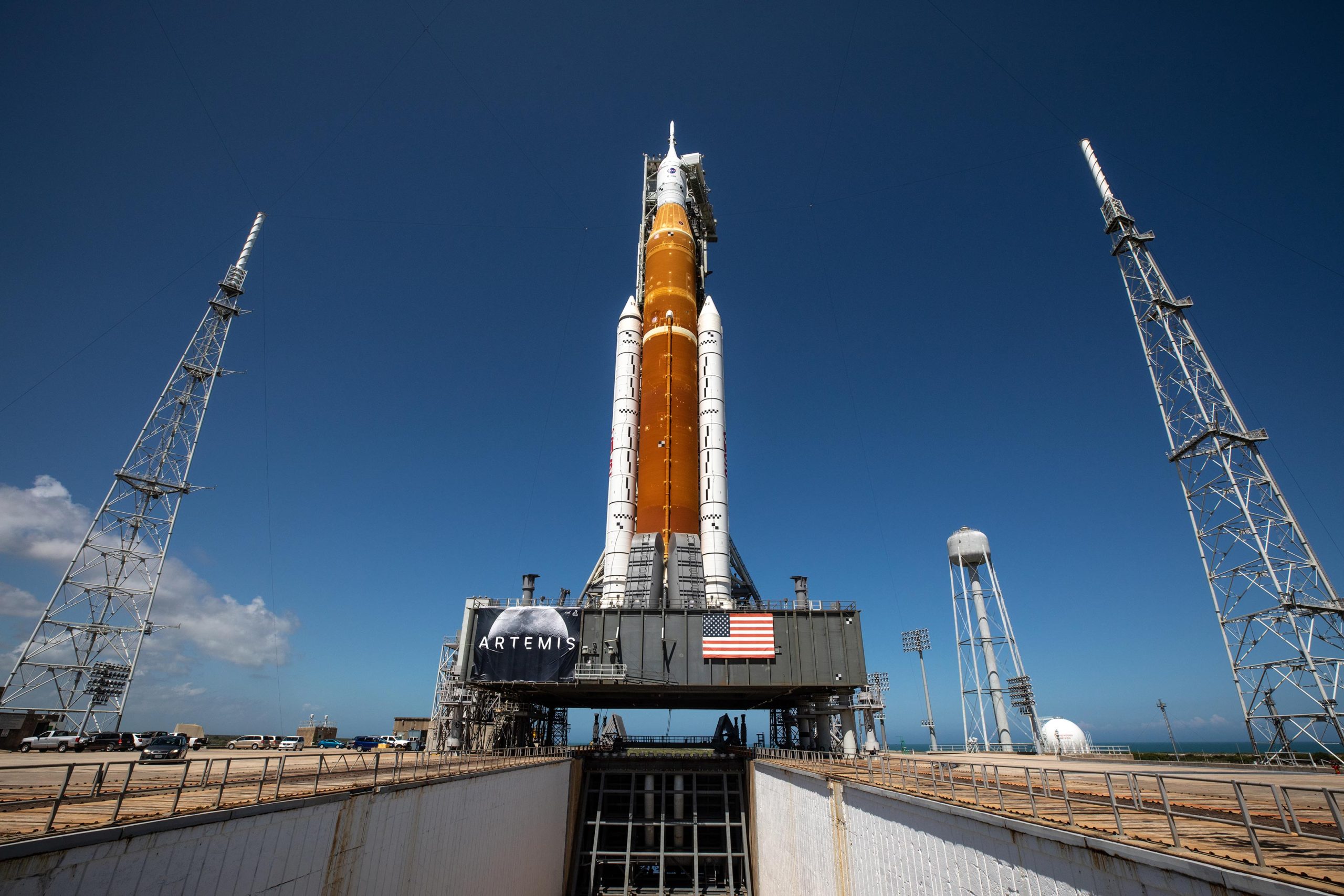 When Artemis I is ready to launch, a range of personnel from NASA, industry, and several international partners will be poised to support the mission. Before they get to launch day, the alignment of the earth and moon will determine when the Space Launch System (SLS) rocket with the uncrewed Orion spacecraft atop it can launch, along with several criteria for rocket and spacecraft performance.
When Artemis I is ready to launch, a range of personnel from NASA, industry, and several international partners will be poised to support the mission. Before they get to launch day, the alignment of the earth and moon will determine when the Space Launch System (SLS) rocket with the uncrewed Orion spacecraft atop it can launch, along with several criteria for rocket and spacecraft performance.
Read More
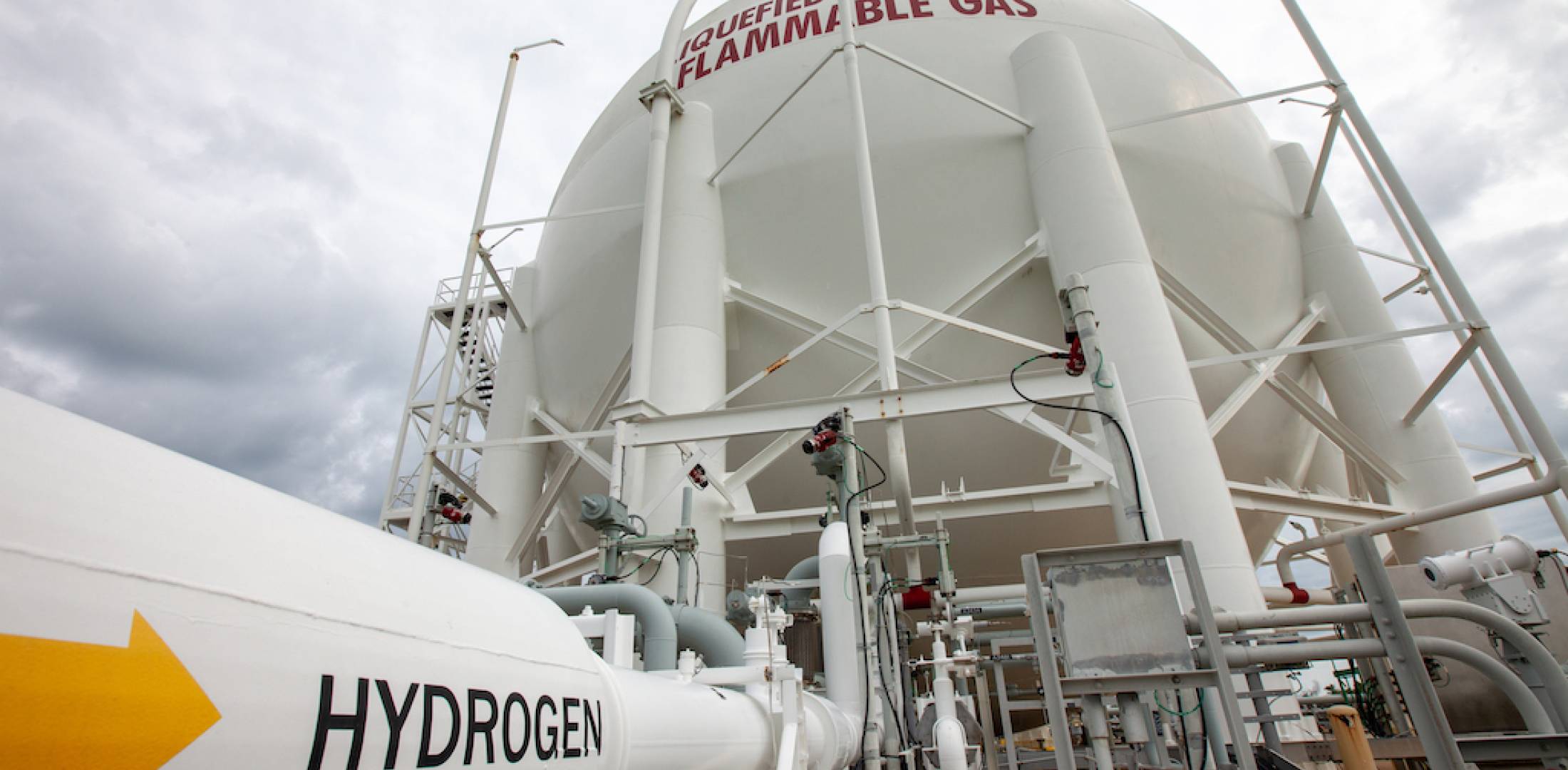 Of all the various renewable energy sources under development, hydrogen represents the so-called “holy grail” in the effort to eliminate carbon emissions from future aircraft, say many scientists. But while the technology exists today to build a hydrogen-powered aircraft, prompting several startup enterprises to develop fuel-cell-based vehicles for the burgeoning advanced air mobility industry, scaling the production and distribution of hydrogen for the wider air transport market presents its own set of challenges.
Of all the various renewable energy sources under development, hydrogen represents the so-called “holy grail” in the effort to eliminate carbon emissions from future aircraft, say many scientists. But while the technology exists today to build a hydrogen-powered aircraft, prompting several startup enterprises to develop fuel-cell-based vehicles for the burgeoning advanced air mobility industry, scaling the production and distribution of hydrogen for the wider air transport market presents its own set of challenges.
Read More
 Airbus has announced that it is launching a facility based in the United Kingdom, where a new cryogenic hydrogen tank will be developed for its next generation of aircraft. The UK facility in Filton, Bristol has already started working on the technology’s development.
Airbus has announced that it is launching a facility based in the United Kingdom, where a new cryogenic hydrogen tank will be developed for its next generation of aircraft. The UK facility in Filton, Bristol has already started working on the technology’s development.
Read More
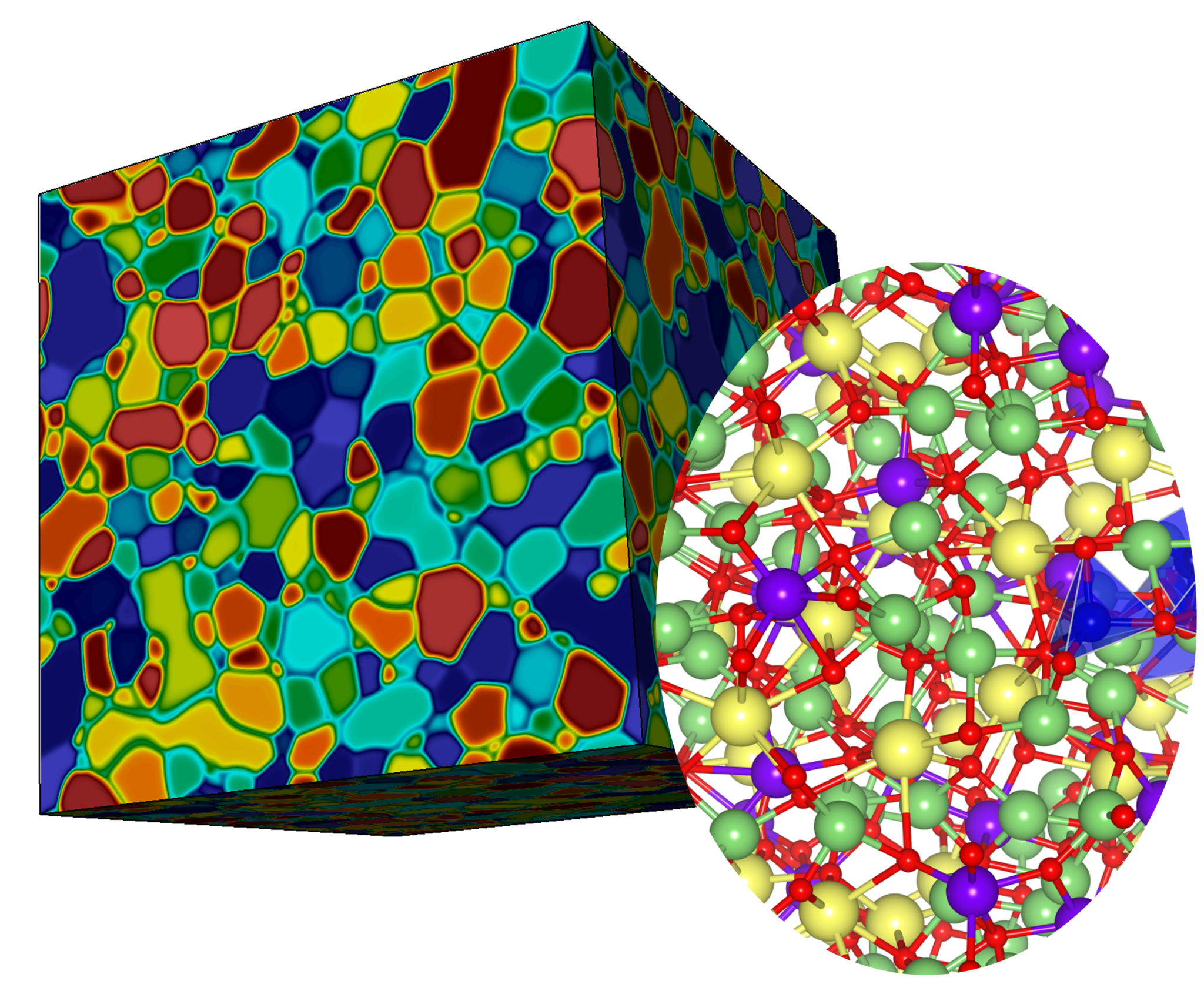 Perfection is a problem when it comes to how computers model materials for energy applications. Although a typical model assumes materials are perfect, in reality they have flaws at their interfaces and boundaries. At Lawrence Livermore National Laboratory, researchers simulate ion transport for ways to predict and improve materials for energy storage.
Perfection is a problem when it comes to how computers model materials for energy applications. Although a typical model assumes materials are perfect, in reality they have flaws at their interfaces and boundaries. At Lawrence Livermore National Laboratory, researchers simulate ion transport for ways to predict and improve materials for energy storage.
Read More
QED-C® Announces Four Projects Designed to Advance Cryogenics for Quantum Information Science and Technology
 The Quantum Economic Development Consortium (QED-C), managed by SRI International, in strategic partnership with the U.S. Department of Commerce's National Institute of Standards and Technology (NIST), today announced a $2.3 million research program to advance cryogenic technologies that will enable innovation in quantum information science and technology (QIST). The program aims to address gaps identified by QED-C members as barriers to progress in applications of QIST for computing, networking and communication and sensing.
The Quantum Economic Development Consortium (QED-C), managed by SRI International, in strategic partnership with the U.S. Department of Commerce's National Institute of Standards and Technology (NIST), today announced a $2.3 million research program to advance cryogenic technologies that will enable innovation in quantum information science and technology (QIST). The program aims to address gaps identified by QED-C members as barriers to progress in applications of QIST for computing, networking and communication and sensing.
Read More
Scientists Just Cracked One-Way Superconductivity, Thought Impossible for Over 100 Years
 Today’s computers guzzle large amounts of electricity, raising concerns about the climate impact of technology. A breakthrough in superconducting electronics could reduce the power bill significantly, while also making computers far faster.
Today’s computers guzzle large amounts of electricity, raising concerns about the climate impact of technology. A breakthrough in superconducting electronics could reduce the power bill significantly, while also making computers far faster.
Read More
Realizing the STEP Fusion Dream
 Deliver a UK prototype fusion energy plant, targeting 2040, and thereafter a sustainable, long-term pathway to the commercial viability of nuclear fusion. That’s the ambitious objective – and even more ambitious timeline – confronting the scientists, engineers and project managers currently sweating the details for the conceptual design of the so-called Spherical Tokamak for Energy Production (STEP).
Deliver a UK prototype fusion energy plant, targeting 2040, and thereafter a sustainable, long-term pathway to the commercial viability of nuclear fusion. That’s the ambitious objective – and even more ambitious timeline – confronting the scientists, engineers and project managers currently sweating the details for the conceptual design of the so-called Spherical Tokamak for Energy Production (STEP).
Read More
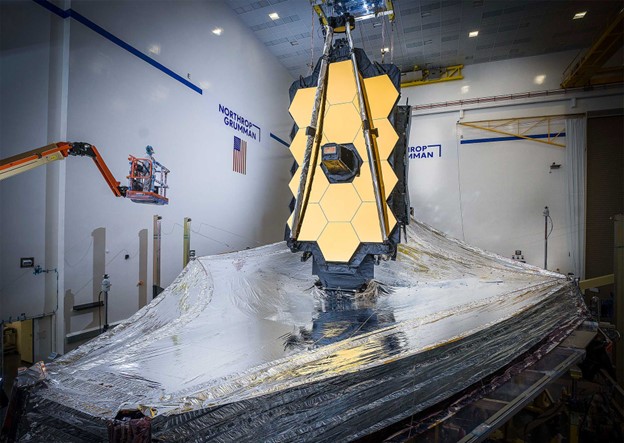 To look back in time at the cosmos’s infancy and witness the first stars flicker on, you must first grind a mirror as big as a house. Its surface must be so smooth that, if the mirror were the scale of a continent, it would feature no hill or valley greater than ankle height. Only a mirror so huge and smooth can collect and focus the faint light coming from the farthest galaxies in the sky — light that left its source long ago and therefore shows the galaxies as they appeared in the ancient past, when the universe was young. The very faintest, farthest galaxies we would see still in the process of being born, when mysterious forces conspired in the dark and the first crops of stars started to shine.
To look back in time at the cosmos’s infancy and witness the first stars flicker on, you must first grind a mirror as big as a house. Its surface must be so smooth that, if the mirror were the scale of a continent, it would feature no hill or valley greater than ankle height. Only a mirror so huge and smooth can collect and focus the faint light coming from the farthest galaxies in the sky — light that left its source long ago and therefore shows the galaxies as they appeared in the ancient past, when the universe was young. The very faintest, farthest galaxies we would see still in the process of being born, when mysterious forces conspired in the dark and the first crops of stars started to shine.


